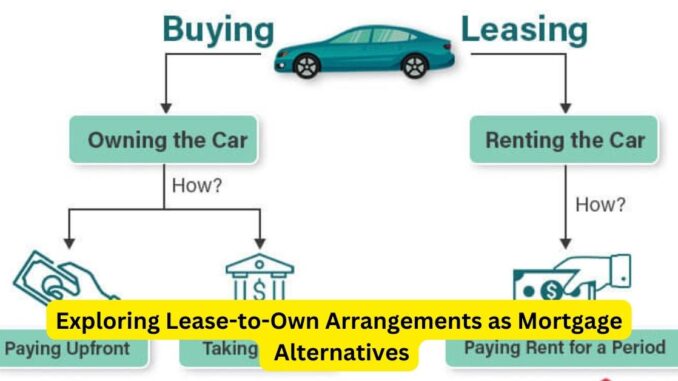
For individuals seeking homeownership without diving straight into a traditional mortgage, lease-to-own arrangements present a compelling alternative. This innovative approach allows renters to transition gradually into homeownership while building equity and assessing their long-term commitment to a property.
Understanding Lease-to-Own:
In a lease-to-own, or rent-to-own, agreement, a tenant rents the property with an option to purchase it within a specified period, usually ranging from one to three years. This setup provides flexibility and a chance to test the waters of homeownership before committing fully. Here’s how it typically works:
- Initial Agreement: The tenant and landlord agree on terms outlining the lease duration, monthly rent, and an option fee, which is a non-refundable payment securing the option to buy the property.
- Rent Payments and Equity Build-Up: A portion of the monthly rent payments may be structured to contribute toward the property’s future purchase. This allows tenants to accumulate equity while renting.
- Option to Purchase: During or at the end of the lease period, the tenant has the choice to buy the property at a predetermined price, which was typically set at the beginning of the agreement.
Advantages of Lease-to-Own Arrangements:
- Financial Flexibility: For those unable to secure traditional mortgages due to credit issues or insufficient down payments, lease-to-own offers a viable path to homeownership.
- Trial Period: Tenants can experience living in the property and the neighborhood before committing to ownership, ensuring it aligns with their preferences and lifestyle.
- Equity Accumulation: A portion of the rent goes toward building equity, assisting tenants in saving for the eventual purchase.
- Fixed Purchase Price: The agreed-upon purchase price remains constant throughout the lease period, protecting tenants from market fluctuations.
Considerations and Caveats:
While lease-to-own arrangements offer distinct advantages, several considerations merit attention:
- Careful Contract Review: It’s crucial to review the terms of the agreement meticulously, including the purchase price, rent allocation, maintenance responsibilities, and exit clauses.
- Market Conditions: Future property values can fluctuate, potentially affecting the attractiveness of the predetermined purchase price.
- Risk of Non-Ownership: If tenants choose not to buy the property, they risk losing the accumulated option fee and the equity built through rent payments.
Conclusion:
Lease-to-own arrangements present an appealing alternative for individuals aspiring to become homeowners without immediately committing to a traditional mortgage. This innovative approach allows for flexibility, equity accumulation, and a trial period to ensure the property aligns with one’s long-term goals. However, careful consideration of the contract terms and market conditions is crucial before entering into such agreements.

Leave a Reply